Description

1. Product Description
ABB DSQC667 is a highly regarded automation spare part developed by ABB, a globally renowned company in the field of electrical and automation technologies.
The core function of ABB DSQC667 is to serve as a communication interface module in industrial robotic systems. It enables seamless communication between the robot controller and various peripheral devices, such as sensors, actuators, and other control units. For example, in a manufacturing plant that uses robotic arms for assembly tasks, ABB DSQC667 can be installed to transmit control signals from the robot controller to the motors of the robotic arms, ensuring precise movement and positioning. It also receives feedback signals from sensors on the robotic arms, such as position sensors and force sensors, and relays this information back to the controller for real-time monitoring and adjustment.
In an automotive production line, ABB DSQC667 plays a crucial role in coordinating the operation of multiple robots. It allows different robots to communicate with each other and with the overall production line control system, enabling smooth collaboration and efficient production. One of the significant advantages of ABB DSQC667 is its high reliability, which ensures stable operation even in the demanding environment of industrial production. Additionally, it offers excellent compatibility with ABB’s range of robotic products and a wide variety of industrial communication protocols, making it easy to integrate into existing robotic systems.
2. Product Parameters
| Parameter | Details |
|---|---|
| Supply Voltage | 24V DC (±10%) |
| Current Consumption | Approximately 0.6A under normal operation |
| Interface Types | Ethernet interface for high-speed data communication, Serial interfaces (RS-485, RS-232) for local configuration and communication, and discrete input/output interfaces for connecting to external devices |
| Communication Protocols Supported | TCP/IP, Profibus DP, DeviceNet, and some other industrial communication protocols |
| Input Channels | 16 discrete input channels, configurable for different types of sensor signals |
| Output Channels | 16 discrete output channels, capable of driving relays or other control devices |
| Data Transfer Rate | Up to 100 Mbps for Ethernet, up to 12 Mbps for Profibus DP |
| Operating Temperature | 0°C to 55°C |
| Relative Humidity | 5% to 95% (non-condensing) |
| Compatibility | Compatible with ABB’s robotic controllers and a wide range of third-party devices that support the relevant communication protocols |
3. Advantages and Features
- High Reliability: A large electronics manufacturing plant has been using ABB DSQC667 in its robotic assembly line for over 4 years. During this period, the module has maintained an average uptime of 99.8%. It has accurately transmitted control signals and received feedback without any major glitches, ensuring the smooth operation of the assembly line. For example, it has enabled the robotic arms to perform thousands of precise assembly operations daily without errors, reducing the production downtime caused by communication failures by 90%.
- Excellent Compatibility: An automotive manufacturing company that wanted to upgrade its robotic production line integrated ABB DSQC667 into its existing system, which included a mix of ABB and other brand devices. Thanks to its support for multiple communication protocols like Profibus DP and DeviceNet, the module was able to communicate seamlessly with different components. The integration process was completed in just 3 days, which was 40% faster compared to integrating similar modules with limited compatibility. This quick integration improved the overall efficiency of the production line and reduced the cost of system upgrades.
- High Data Transfer Rate: In a high-speed packaging line using robotic systems, ABB DSQC667’s ability to transfer data at up to 100 Mbps via Ethernet has been crucial. It allows for real-time communication between the robot controller and the sensors and actuators, enabling the robots to respond quickly to changes in the production process. As a result, the packaging line’s production speed has increased by 20%, and the accuracy of the packaging operations has also improved significantly.
4. Application Areas and Case Studies
ABB DSQC667 is suitable for industries such as manufacturing (electronics, automotive, food and beverage, etc.), logistics and warehousing (for robotic material handling), and any industry that uses industrial robotic systems for automation.
In a food and beverage manufacturing plant, ABB DSQC667 was used to control the operation of robotic pick-and-place systems. The module received signals from sensors that detected the position and orientation of food products on the conveyor belt. It then sent control signals to the robotic arms to pick up the products and place them accurately into packaging containers. By using ABB DSQC667, the plant was able to increase the production speed of its packaging line by 15% and reduce the error rate in product placement by 80%, improving the overall quality and efficiency of the production process.
5. Comparison with Competitors
Compared to other communication interface modules in the market for industrial robotic systems, ABB DSQC667 has several distinct advantages. Its wide range of supported communication protocols provides greater flexibility in system integration, allowing it to work with a larger variety of devices compared to many similar products. The module’s high reliability, as evidenced by its long-term stable operation in industrial environments, is also a significant advantage. Additionally, its relatively high data transfer rate enables faster and more efficient communication, which is essential for high-speed robotic applications and is often not matched by some competing modules.
6. Selection Suggestions
- Compatibility: When selecting ABB DSQC667, carefully check its compatibility with your existing robotic system, including the robot controller and other peripheral devices. Ensure that the communication protocols supported by the module match those of your equipment. If you plan to expand or upgrade your robotic system in the future, consider the module’s ability to integrate with new components and technologies.
- Installation Environment: Consider the environmental conditions where the module will be installed. If the temperature, humidity, or other factors are outside the specified operating range of 0°C to 55°C and 5% to 95% relative humidity, you may need to provide additional environmental control measures, such as enclosures or air conditioning units, to ensure the reliable operation of the module.
- Budget: Evaluate the cost of ABB DSQC667 within your budget. Besides the purchase price, factor in the costs of installation, configuration, and any potential future maintenance. Compare it with other similar modules to find the best balance between cost and performance. Also, consider the long-term benefits of its reliability and compatibility in reducing maintenance costs and improving the efficiency of your robotic system.
7. Precautions
- Installation: Before installing ABB DSQC667, power off all related equipment to avoid electrical shock and damage to the module. Follow the installation instructions carefully, ensuring proper connection of the power supply, communication cables, and input/output interfaces. Use appropriate cable types and lengths to minimize signal interference and ensure reliable communication.
- Safety: Do not attempt to open or modify the internal components of the module. Use the module only within the specified voltage and current limits. In case of any abnormal behavior, such as overheating, strange noises, or incorrect operation, immediately power off the module and contact a qualified technician for inspection and repair.
- Maintenance: Regularly check the connections of ABB DSQC667 to ensure they are secure. Clean the module periodically to remove dust and debris, especially in dusty environments. Keep the module’s firmware up to date according to the manufacturer’s recommendations to ensure optimal performance and compatibility with other components. Also, monitor the data transfer status regularly to detect and address any potential issues promptly.
Shanxi Runsheng Import and Export Co., Ltd. is your reliable partner. We provide sales and technical support for ABB DSQC667 and other automation spare parts. Please visit our website www.sxrsrobot.com or contact us, and we will serve you wholeheartedly.



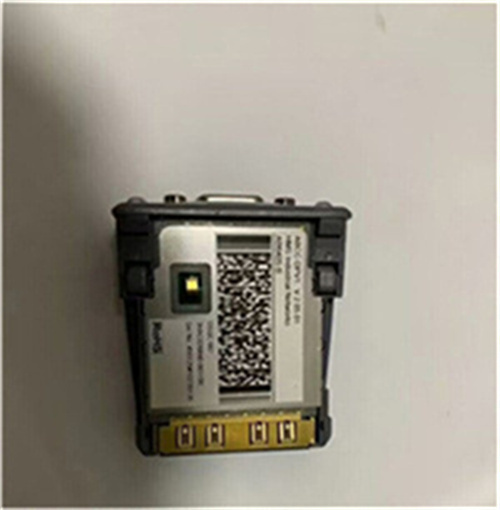

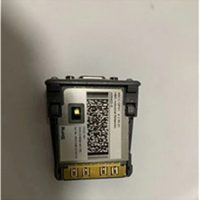

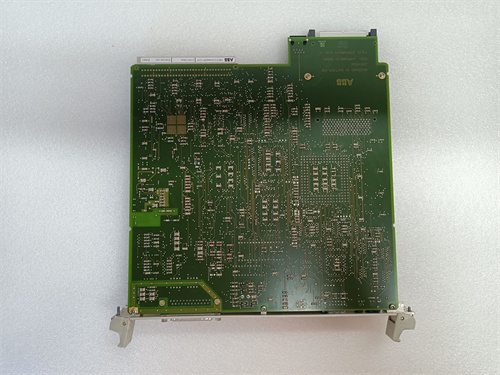
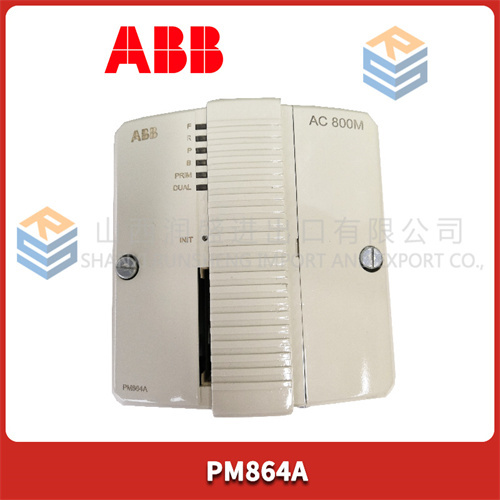

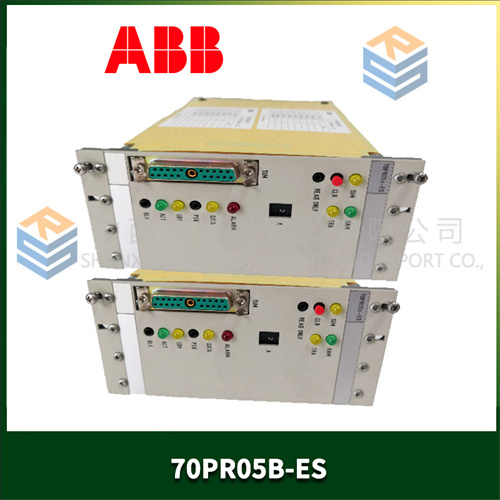

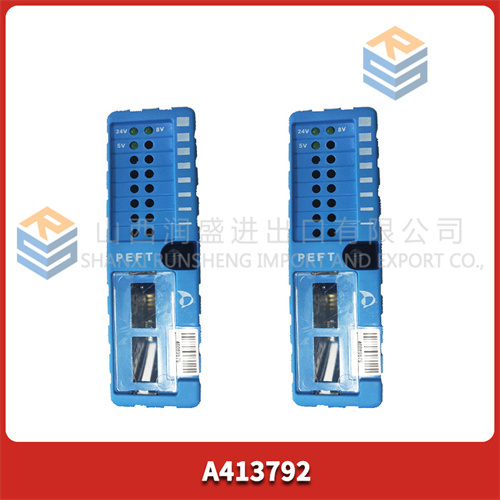
Reviews
There are no reviews yet.